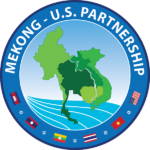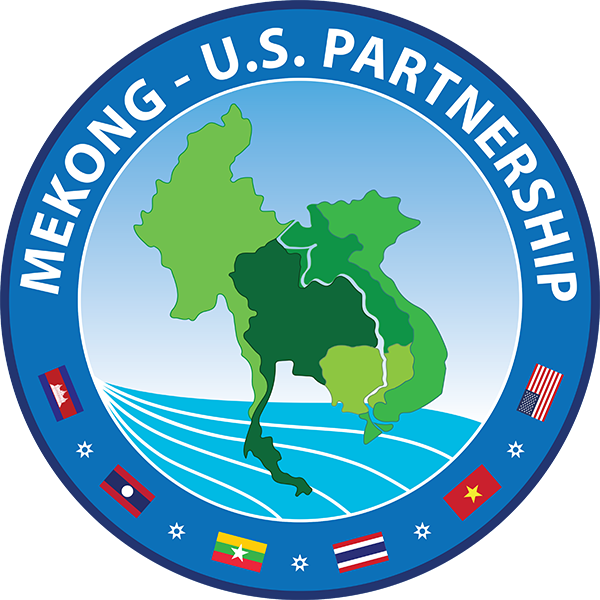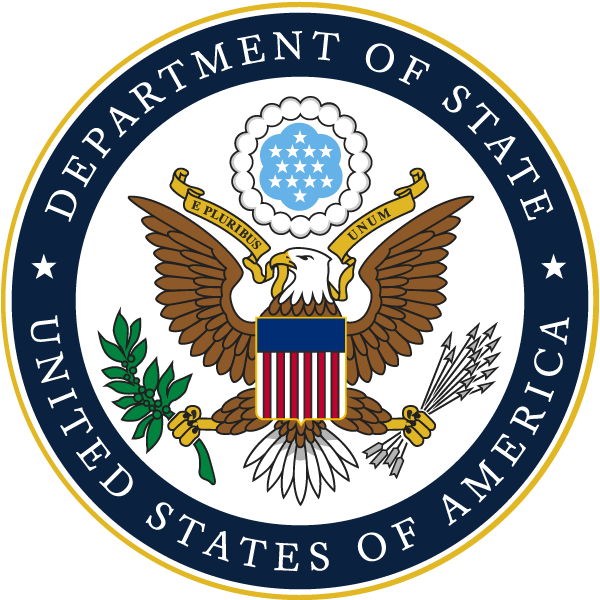Bangkok, Thailand, August 1, 2014 –Bulbul and red avadavat dance from the shrubs and grass, as a gentle rain falls musically on the Golden Triangle. The mighty Mekong River slowly drifts down its banks, obliviously to the precipitation. In the distance, mountains brood with curling ominous clouds. These clouds indicate that the gentle rains currently falling, will soon give way to a torrential change. The Golden Triangle stands on the edge of the monsoon, with the Mekong River and its tributaries scheduled to soon slosh to and fro with overwhelming moisture. Water will cascade rapidly down the majestic river and, eventually, surmount its banks into Thailand, Cambodia, Laos, and Vietnam’s inner core.
On a nearly annual basis, the aforementioned scene plays out in the Lower Mekong Basin. However, each year, representatives from the United States, Laos, Myanmar, Thailand, Cambodia and Vietnam gather to discuss flood preparedness and regional water cooperation under the Lower Mekong Initiative (LMI). This event is known as the Disaster Response Exercise & Exchange (DREE). This year’s event was held 28-31 July in Thailand, and was hosted by the Royal Thai Department of Disaster Prevention and Mitigation (DDPM), with help from the Royal Thai Armed Forces (RTARF), U.S. Army Pacific (USARPAC), and U.S. Army Corps of Engineers (USACE).
The 2014 LMI DREE featured 80+ participants from all LMI Member States. It included civil and military representatives, focused on looking for opportunities and solutions to enhance regional disaster response and water cooperation within the Mekong floodplain. The DREE included subject matter expert presentations on flood early-warning systems, international disaster response, civil-military cooperation, and more. The event also used interactive work group activities to identify creative solutions to regional water cooperation and disaster response challenges. Additionally, an exercise was conducted between all countries to practice national and regional disaster response approaches to flooding along the Mekong River. The event concluded with review, which captured lessons-learned and opportunities for the future. DREE results are being prepared for presentation to relevant stakeholders.
Each year, the DREE rotates between LMI Member States. In 2011, Vietnam hosted the first DREE. It was then followed by Cambodia in 2013, and Thailand this year. In 2015, the DREE will move again. Event planners are working through the LMI Environment & Water Pillar Working Group to determine next year’s host. Next year’s event will continue to enhance emergency preparedness within the Lower Mekong Basin, and look to identify additional regional mechanisms to promote disaster risk reduction and water cooperation.
By Justin Pummell, Geographer, U.S. Army Corps of Engineers
 Mekong - U.S. Partnership
Mekong - U.S. Partnership


